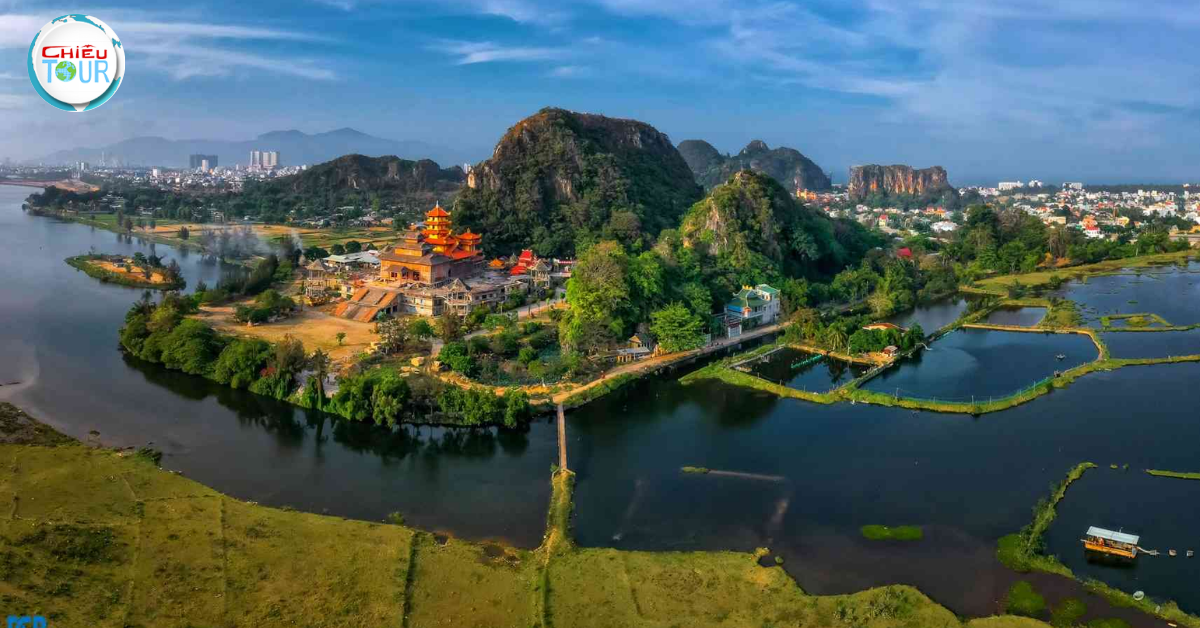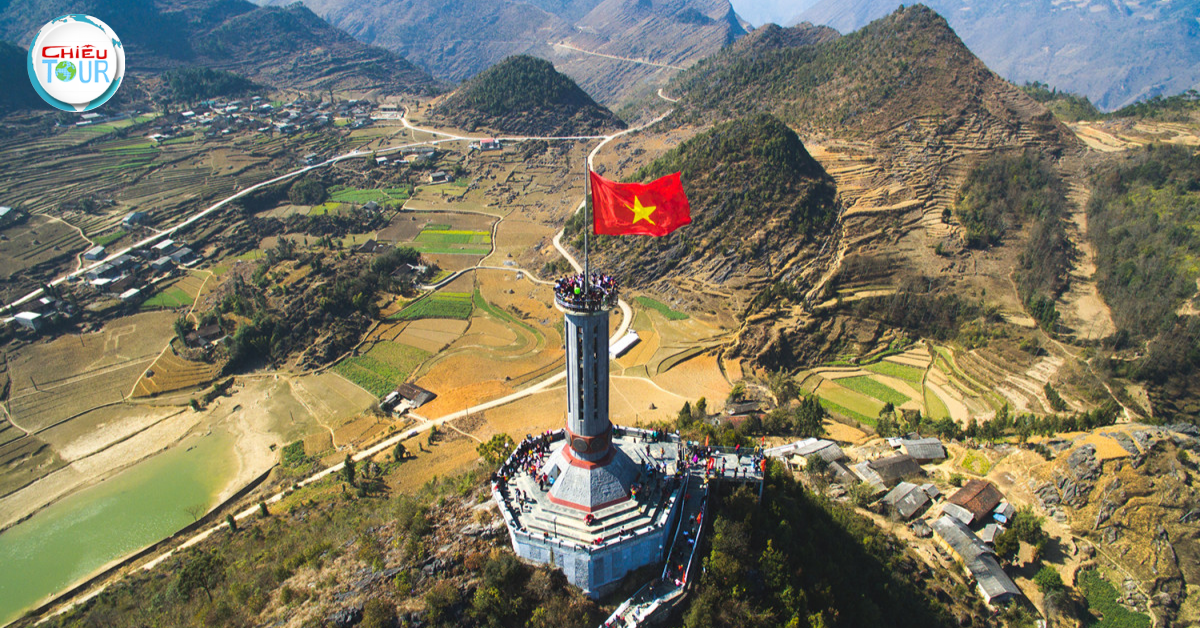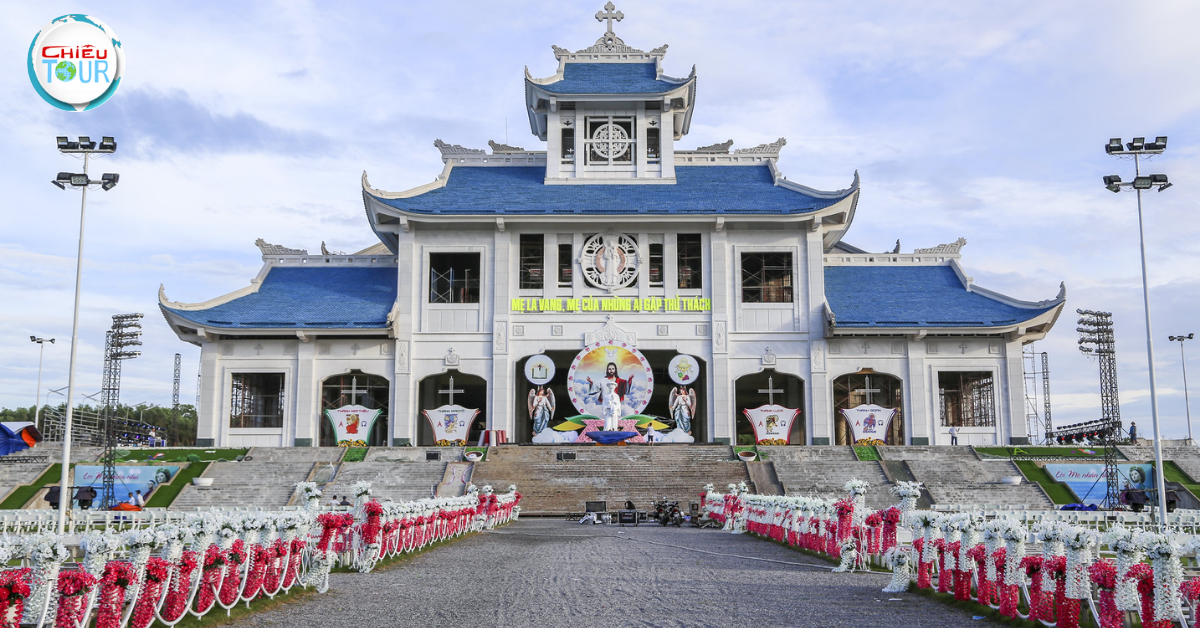The Vương Family Mansion: A Royal Legacy of the Hmong People
- Author: Admin
- | Hot destination
Nestled in the picturesque highlands of Hà Giang Province, the Vương Family Mansion stands as a testament to the rich history and cultural heritage of the Hmong people. Often referred to as the "Palace of the Hmong King," this architectural gem reflects a unique blend of cultural influences, embodying the power and prosperity of the Vương family during the early 20th century. Today, the mansion serves as a symbol of the Hmong community’s resilience and artistry, attracting visitors from around the globe.
A Historical Overview
The construction of the Vương Family Mansion was commissioned by Vương Chính Đức, a prominent leader of the Hmong people, in the early 1900s. Situated in the Sa Phìn Valley, the location was carefully chosen for its strategic and spiritual significance. The mansion took nearly a decade to complete, with its design and construction influenced by Chinese, French, and indigenous Hmong architectural styles.
Built as a fortress and a home, the mansion was a hub of economic and political activity. Vương Chính Đức, often referred to as the "Hmong King," played a pivotal role in the opium trade, which was a major source of wealth and influence at the time. The mansion’s grandeur and strategic location reflected his status as a leader and protector of the Hmong community.
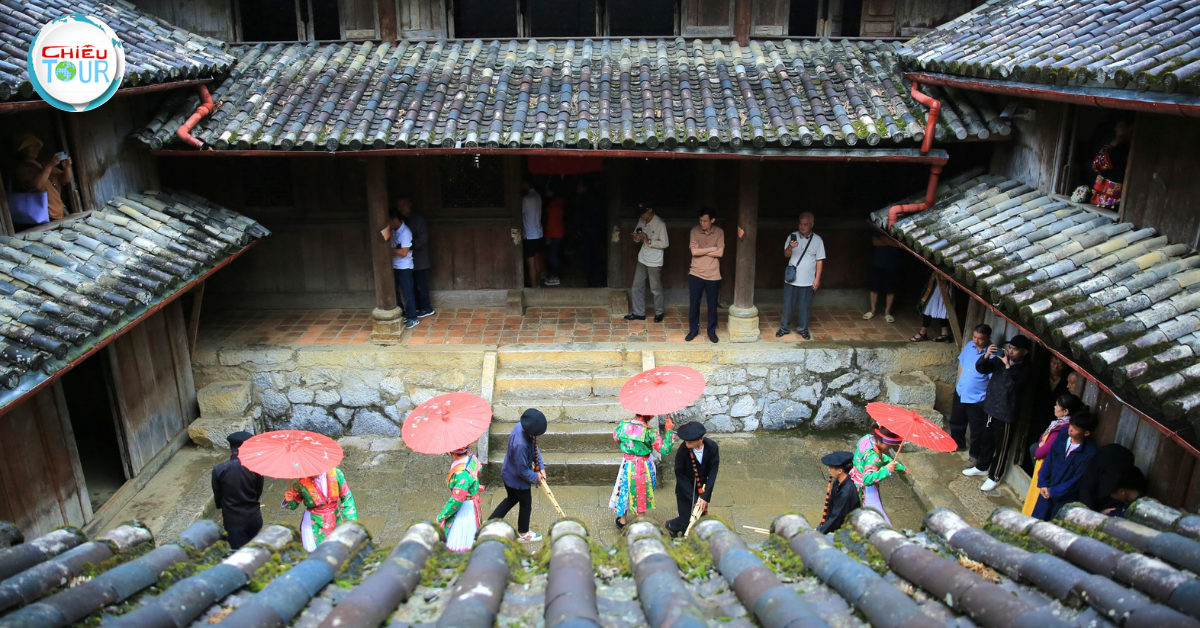
Architectural Marvel
The Vương Family Mansion is an architectural masterpiece that seamlessly integrates cultural and natural elements. Covering an area of approximately 1,200 square meters, the structure consists of 64 rooms spread across three sections. Its layout resembles the shape of a tortoise, symbolizing longevity and prosperity according to Hmong beliefs.
Constructed from wood, stone, and terracotta, the mansion’s design showcases intricate carvings, ornamental details, and symmetrical patterns. The Chinese influence is evident in the curved roofs and courtyards, while the local Hmong craftsmanship shines through in the wooden interiors and traditional motifs. The structure’s sturdy foundation and thick walls also reflect its defensive purpose, offering protection during turbulent times.
The surrounding landscape further enhances the mansion’s allure. Encircled by lush mountains and terraced fields, the setting provides a serene backdrop that complements the grandeur of the estate. Visitors can also find ancient stone wells and watchtowers, which add to the historical ambiance of the site.
Cultural Significance
For the Hmong people, the Vương Family Mansion is more than just a historical site; it is a symbol of their heritage and identity. The mansion’s preservation is a testament to the resilience of the Hmong community, who have faced numerous challenges throughout history. Today, it stands as a source of pride, celebrating their contributions to Vietnam’s cultural tapestry.
The mansion also offers a window into the social and economic life of the Hmong people during the early 20th century. Through guided tours, visitors can learn about traditional Hmong customs, the family’s role in regional trade, and the broader historical context that shaped the region.
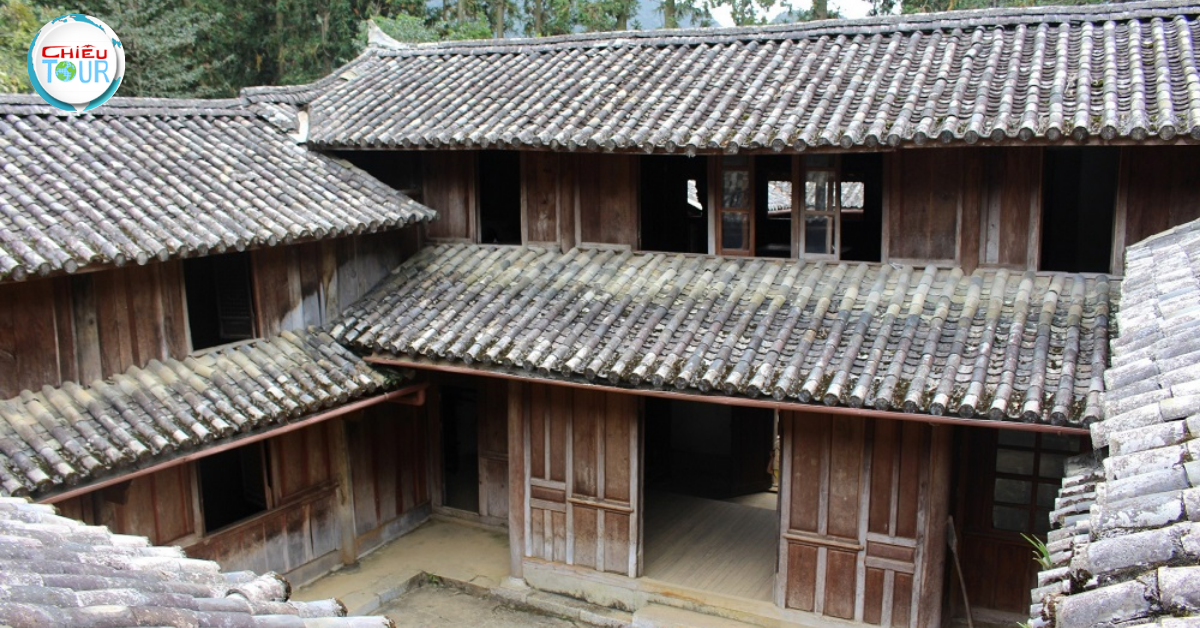
A Journey Through Time
Exploring the Vương Family Mansion is like stepping back in time. As you wander through its corridors and courtyards, you’ll encounter relics that tell the story of the Vương family’s rise to prominence. From antique furniture and opium storage rooms to photographs and ceremonial artifacts, each detail offers a glimpse into a bygone era.
One of the most striking features is the central courtyard, where family gatherings and important events took place. This open space serves as the heart of the mansion, surrounded by intricately carved wooden panels and stone pathways. The blend of functionality and artistry is evident in every corner, reflecting the family’s wealth and sophistication.
Planning Your Visit
The Vương Family Mansion is located approximately 125 kilometers from Hà Giang City, making it a popular stop for travelers exploring the Dong Van Karst Plateau. The journey to the mansion takes you through winding mountain roads, offering breathtaking views of the region’s dramatic landscapes.
Visitors can explore the mansion at their own pace or join guided tours to gain deeper insights into its history and architecture. The site is open year-round, but the best time to visit is during the dry season (October to April), when the weather is cool and pleasant.
Preserving a Legacy
Efforts to preserve the Vương Family Mansion are ongoing, with local authorities and cultural organizations working to maintain its structural integrity and historical significance. By visiting the site, travelers contribute to these conservation efforts, ensuring that future generations can continue to appreciate this remarkable piece of history.
A Must-Visit Destination
The Vương Family Mansion is more than just a historical landmark; it is a celebration of the Hmong people’s enduring spirit and cultural richness. Whether you are an architecture enthusiast, a history buff, or simply a curious traveler, this iconic site offers a unique and enriching experience. Discover the royal legacy of the Hmong people and immerse yourself in the beauty and history of the Vương Family Mansion—a true treasure of northern Vietnam.
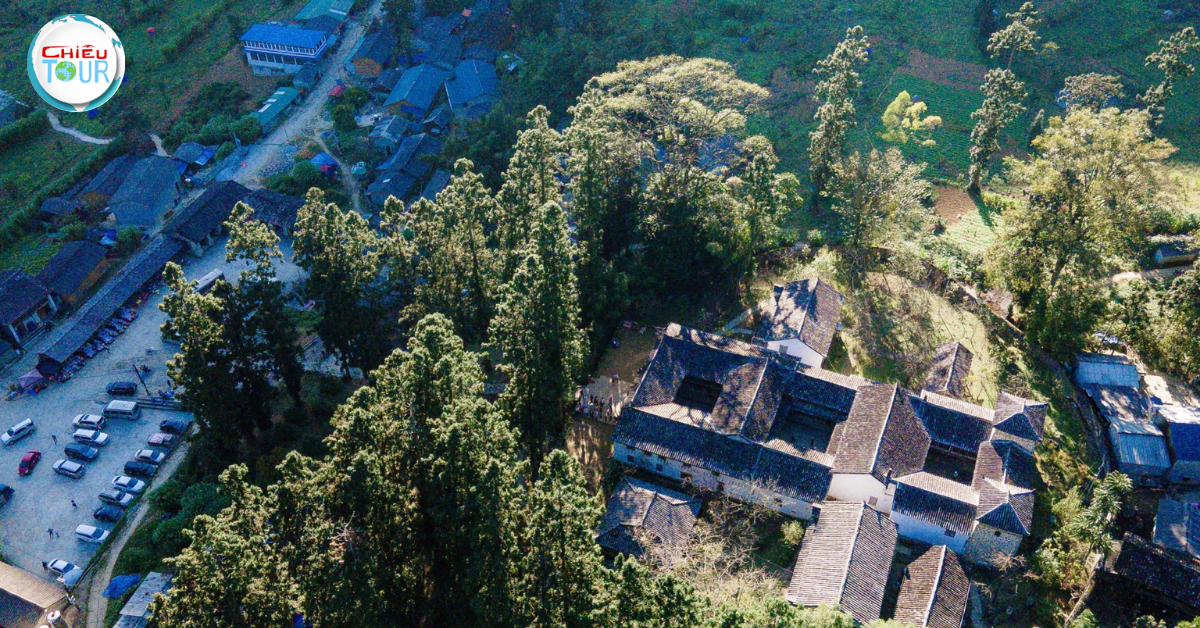
Upcoming Events and Local Insights
To make the most of your visit, consider timing your trip to coincide with local festivals or cultural events. The Khau Vai Love Market, a unique tradition held annually in Hà Giang, showcases the Hmong people’s vibrant cultural heritage. Participants from across the region gather to reconnect with old friends and celebrate their shared traditions, offering visitors a deeper understanding of local customs.
Additionally, visitors can explore nearby attractions such as the Dong Van Karst Plateau, a UNESCO Global Geopark, and the Lung Cu Flag Tower, a symbol of Vietnam’s sovereignty. These destinations complement the cultural and historical experience of the Vương Family Mansion, enriching your journey through Hà Giang Province.
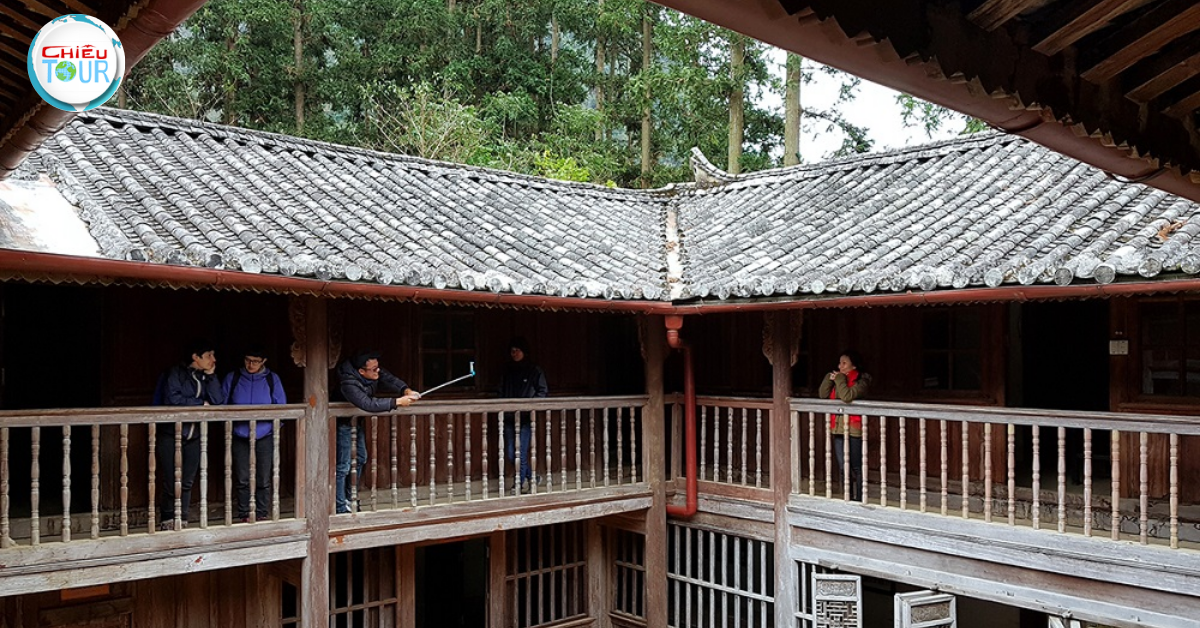
Practical Tips for Visitors
Transportation: Renting a motorbike or hiring a local guide is recommended for exploring the area. The winding roads can be challenging but are well worth the effort for the stunning views.
Accommodation: Options range from homestays in local villages to guesthouses in Dong Van Town. Staying in a homestay provides a more immersive cultural experience.
Respect Local Customs: When visiting the mansion and surrounding villages, dress modestly and ask for permission before taking photographs of local people.
Prepare for Weather Changes: The highland climate can be unpredictable, so bring layers and sturdy footwear for exploring.
By immersing yourself in the history, culture, and breathtaking landscapes of the Vương Family Mansion and its surroundings, your visit will be both enriching and unforgettable.
 Vietnam
Vietnam 
